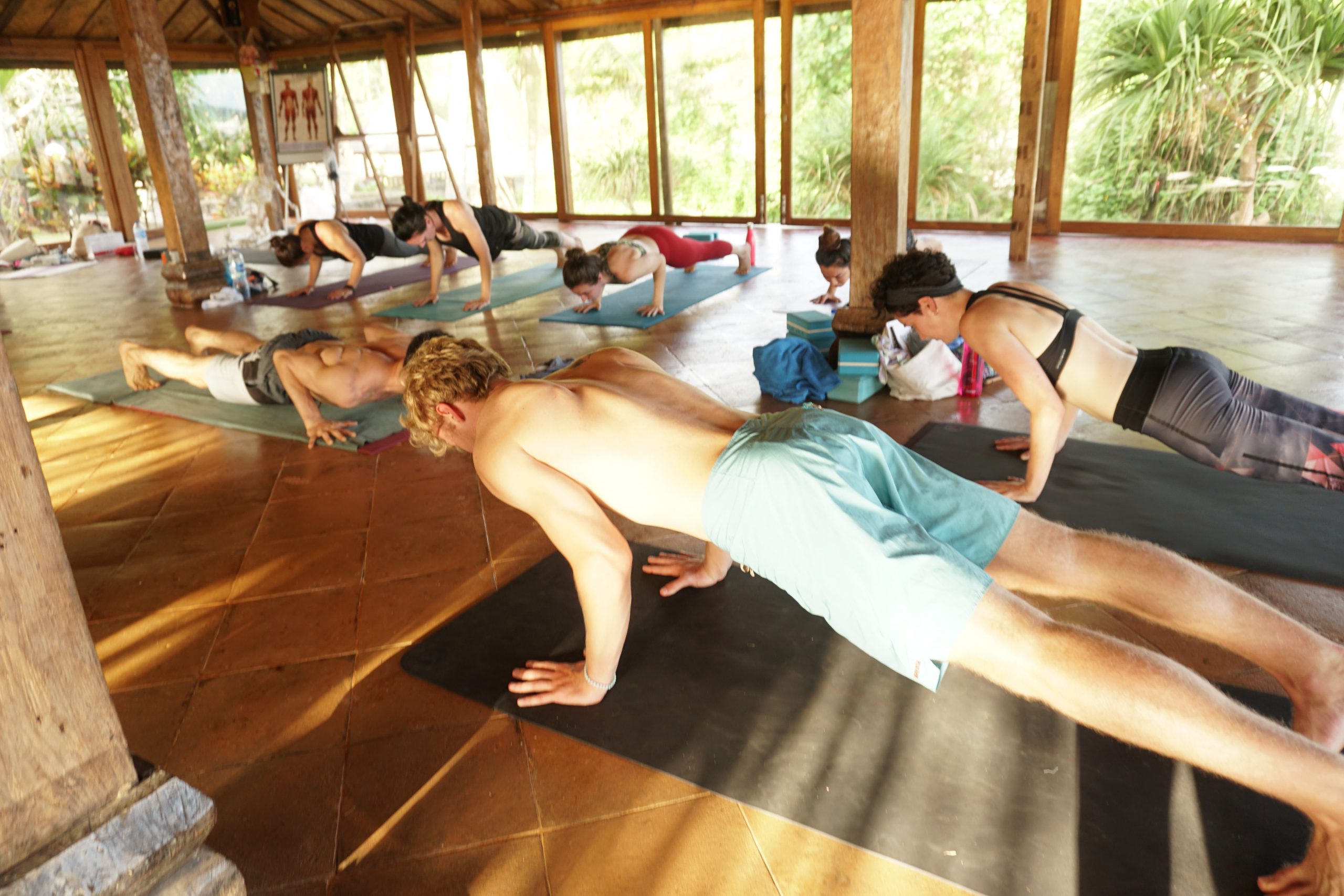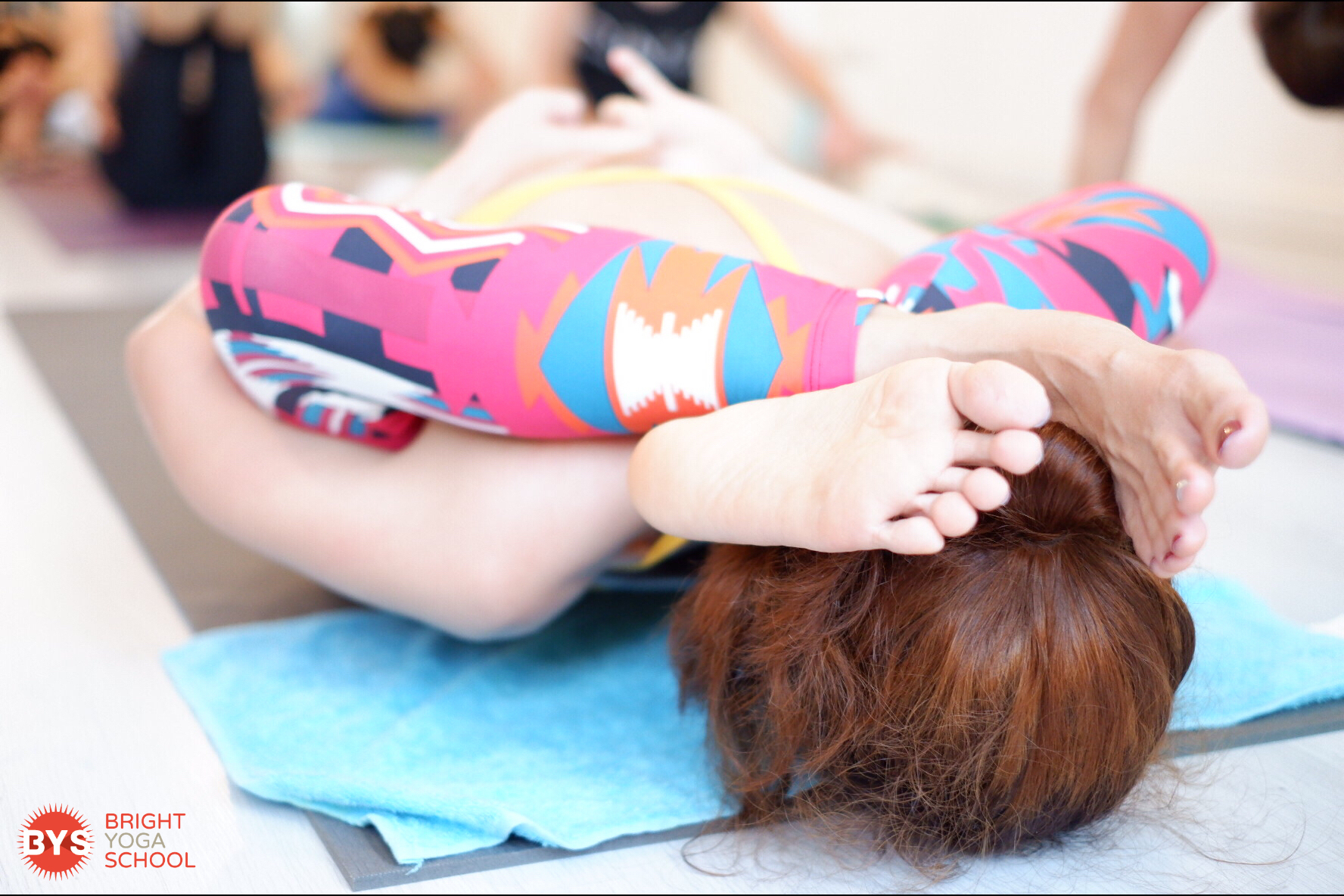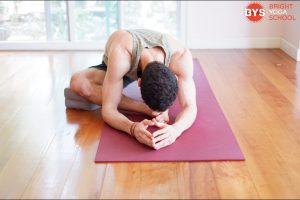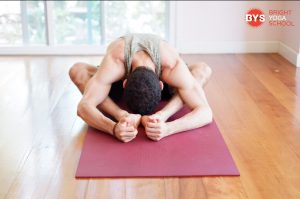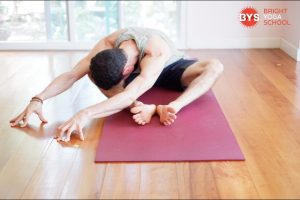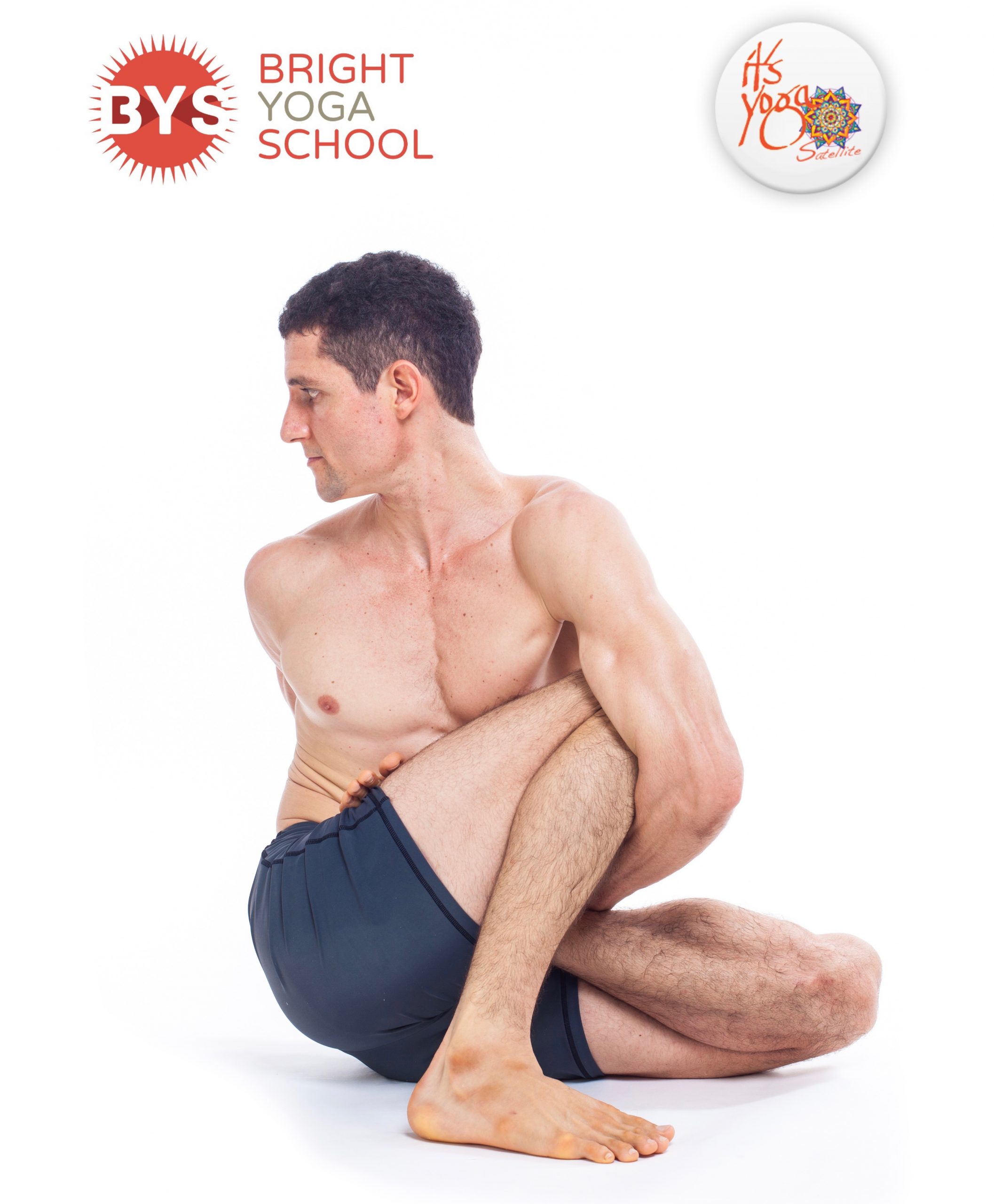Chaturanga. The Master Key for Arm Balance
Chaturanga is the first challenge that many students face when they enter Yoga.
Many students mention that it is impossible for them to hold their body weight in any horizontal position and didn’t see the point in why they have to do so many Chaturanga.
In systems like Ashtanga and Rocket, Chaturanga allows you to build the foundation for any arm balances and transitions that are waiting ahead in the practice. Furthermore low push up, as some teacher calls it, builds a huge amount of tricep, shoulder, and core strength.
Strong abdominal muscles will not only support you for any arm balances, but it will also allow you to support your spine as you do flexion (fold forward), extension (backbend), side bends, and twist. More than from an asana perspective, having a stable core will provide stability for the back which is necessary to avoid any injuries like slip disc, lower back pain and so on.
As you approach this asana, remember that it is not the point to go in the full expression of the pose yet if you don’t have the necessary strength to come back up or if you are holding your breath. It will be more beneficial to drop the knees, bend the elbows just enough for you to hold the pose and be able to move into Urdhva Mukha Svanasana with smooth breathing.
Now we breakdown on how we can effectively modify to train the body and the breath in chaturanga.
First, before bending the elbows, it is important to move the bodyweight forward. By doing this, it will move your shoulders in front of the wrist that will force you to use rectus abdominal (front of the belly), external obliques (side of the belly), and triceps (back of the upper arm) more. This is going to happen in high plank before you even start to bend the elbows. This little adjustment in your practice will ensure that you prepare the foundation before getting into the full expression of the pose.
Second, we move to how we breathe. I will share with you a very important secret. The secret is to completely clear out the breathing. When you entirely empty out the breath, something fantastic happens. The diaphragm will move upward that will automatically engage the rectus abdominal and oblique muscles making the pose lighter and more accessible.
Use this tips and you will see a change in your practice immediately. Keep using it and you will awaken and be surprised of the huge amount of strength in you.
